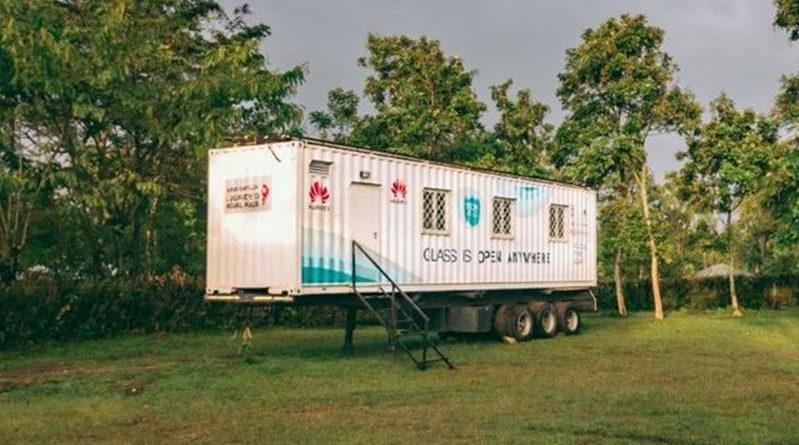From Container to Classroom How the Digitruck roject is connecting the unconnected
In Kenya and beyond, mobile classrooms are bringing computer skills and the internet to the planet’s digitally disadvantaged.
For Kenyan poultry farmer Victor Mwololo, rabbits and chickens are serious business: his small flock helps the 21-year-old micro-entrepreneur put his three much younger siblings through school and support his parents.
Yet, until Huawei’s DigiTruck computer training initiative came to town, Mwololo hadn’t considered using digital marketing to bring his products to a broader audience. Like about 50% of Kenyans and many people living in sub-Saharan Africa, Victor survived without access to the internet.
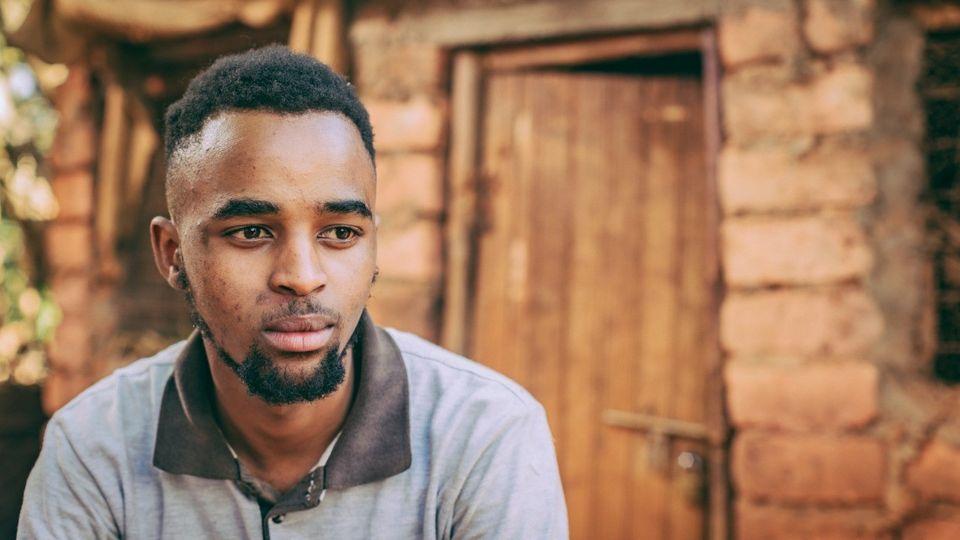
Victor Mwololo, Kenyan poultry farmer
“Before I joined DigiTruck, I used to do what my father does with his produce – just sell my chickens to my nearby neighbours,” he says. “When I was trained in digital, I had the knowledge: ‘Can I try posting my business on WhatsApp or can I try doing it on Facebook?’”
From container to classroom
Huawei’s DigiTruck is a mobile computer classroom converted from a used shipping container. Once transported to its new location on a flat-bed truck, it has the capacity to operate on 100% solar energy, ideal for rural districts without a reliable electricity supply – and far more affordable than fixed-location training centres.
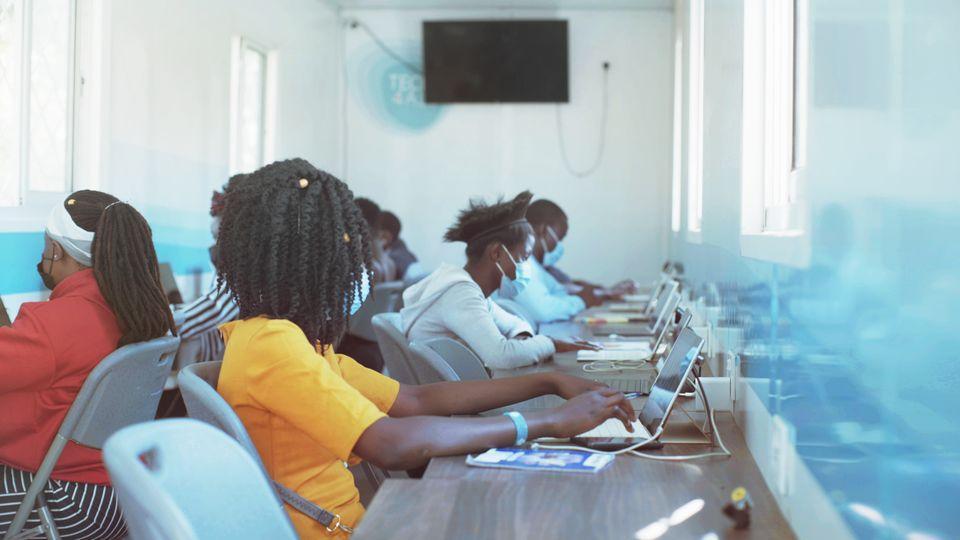
Each DigiTruck boasts 20 laptops, 20 smartphones, nine VR headsets and built-in wi-fi powered by a 4G network, enabling it to function as a temporary digital school with free classes, resources and materials. Working with Belgian NGO Close the Gap, which aims to close the digital literacy divide worldwide, the Chinese tech giant has so far delivered tens of thousands of hours of digital training in hard-to-reach areas across Kenya.
“The reason we run these DigiTrucks is because remote areas, especially in rural Africa, lack electricity and direct connectivity,” says Francisca Muema, DigiTruck project manager for Close the Gap. “Through the training and the classes we offer through the DigiTruck, we are able to reach large numbers of students.”
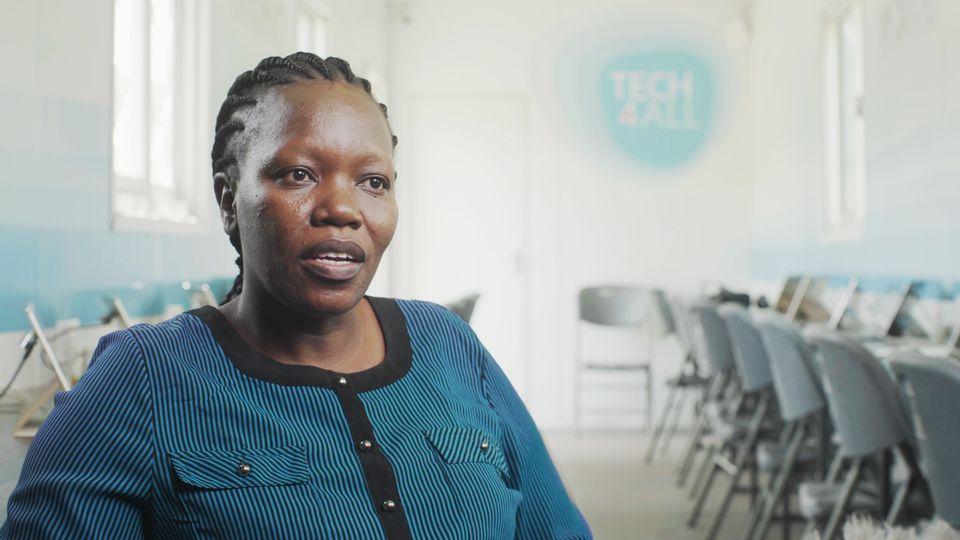
Francisca Muema, DigiTruck project manager, Close the Gap
Training topics on offer range from how to use laptops, the internet and Office software to finding a job and selling products online. Before Covid-19, trainees also had the chance to experience Virtual Reality (VR) and learn more about the world and universe through a VR-powered trip to the stars.
Bringing the web to the offline world
The DigiTruck project is also expanding its reach. In France, youth unemployment stands at about 20% and is generally higher in deprived areas. Lack of access to educational resources mean that many of these young people are also not digitally literate. The DigiTruck France programme targets these hard-to-reach individuals with digital skills training to prepare them for the modern world.
DigiTruck is just one of the Tech4Education projects running under Huawei’s digital inclusion initiative TECH4ALL, which pledges to leave no one behind in the digital world. In education, that means ramping up equity and quality on a global scale.
“Huawei’s vision and mission is to bring digital to every person, home and organisation for a fully connected, intelligent world.” says Ian Korir, TECH4ALL Digital Inclusion activities co-ordinator for Huawei Kenya. “We want to bring digital to everyone and bring the whole world into one connection.”
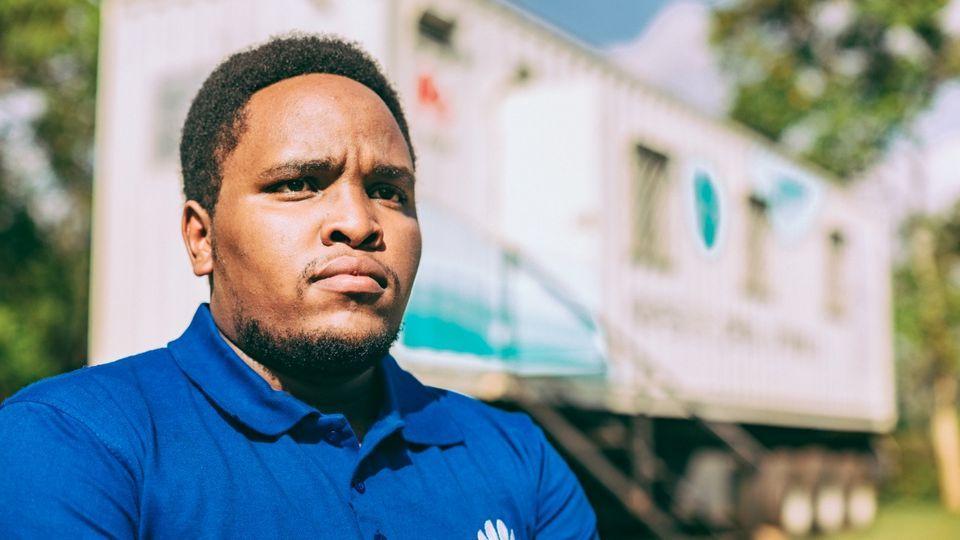
Ian Korir, TECH4ALL Digital Inclusion activities coordinator, Huawei Kenya
But Tech4Education extends beyond Africa to Asia and even Europe. In Bangladesh, the Digital Training Bus programme saw six computer-equipped buses travel into rural areas to help empower more than 60,000 women by teaching them skills previously reserved for men. The SmartBus Europe programme worked with schools in Belgium, the Netherlands, Spain and Portugal to teach children aged 11 to 15 to navigate the internet safely.
Bringing his chickens home
For Mwololo, the DigiTruck experience was a transformation. The high school graduate started to experiment with advertising on various social media platforms to bring his chickens to a wider audience. While some platforms were more successful than others, he managed to sell an impressive 10 chickens on one messaging app.
Yet Mwololo has also been a victim of bad luck and limited cash flow. “I lost almost 15 chickens one day,” he says. “In the morning when I cleaned the room where my chickens usually stay, I found some of them were dead.”
Mwololo does not know what disease took the chickens, but vividly recalls their loss. “It was so painful for me,” he says. “I was staying alone and crying, asking why all those chickens are dying.”
Yet his farm is beginning to recover, with 10 rabbits in place of his original four, and, thanks to DigiTruck, he has a business plan to further expand over time.
And across Kenya, Bangladesh and France alike, people like Victor are realising the potential of the internet, whether that’s exploring the universe, learning how even traditional businesses can benefit from the power of connectivity, or acquiring skills that can help them perform within the job market.
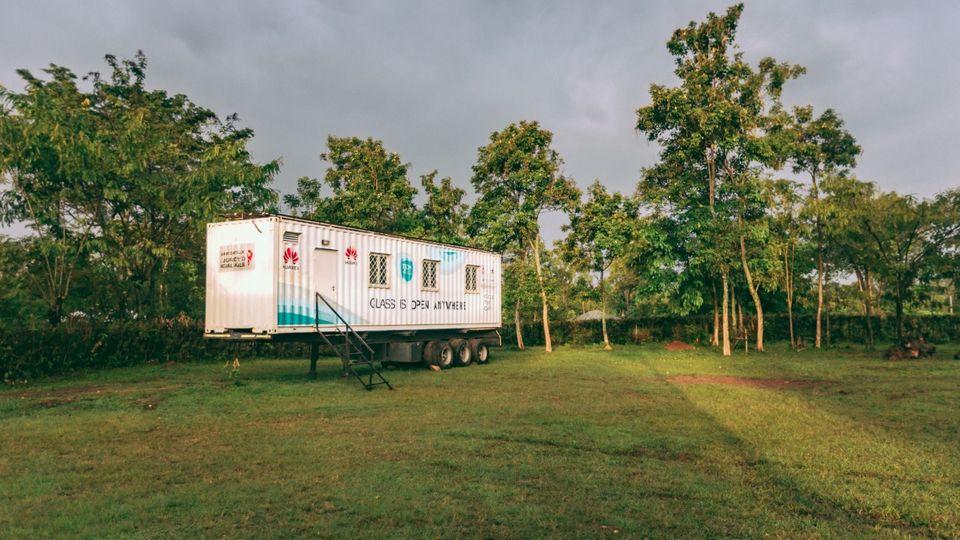
Huawei DigiTruck, Siaya County, Kenya
SOURCE. The BBC.Com. This story was originally written and published by the BBC

